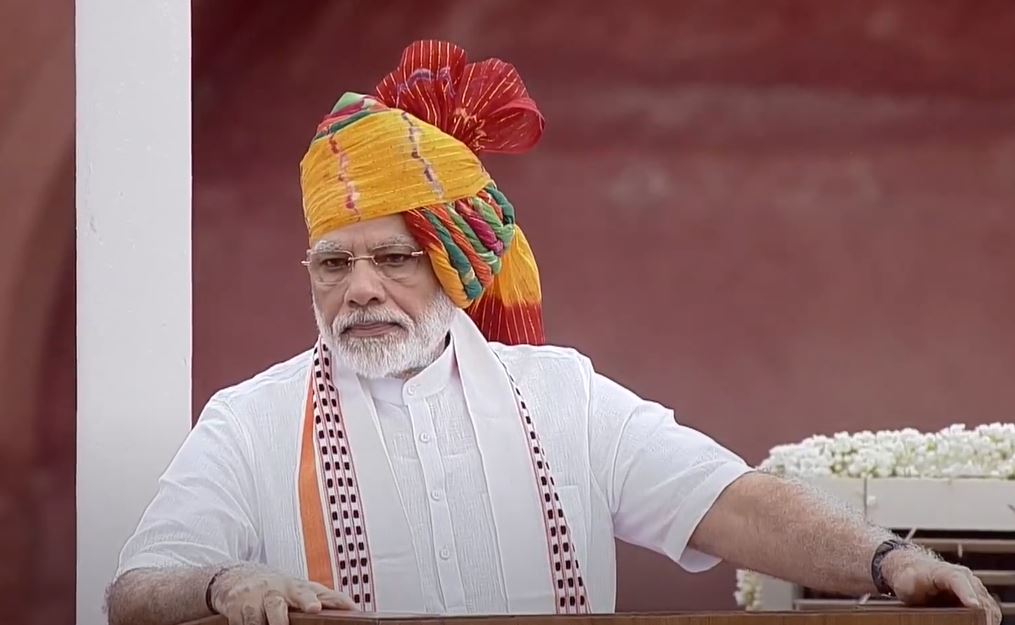
PM Widens Leadership Edge Over Opposition Amid Emerging Challenges

 :
| Updated On: 11-Jun-2025 @ 1:02 pm
:
| Updated On: 11-Jun-2025 @ 1:02 pmSHARE
A year into Prime Minister Narendra Modi’s third term, the political narrative has shifted from skepticism to reaffirmed leadership, despite the BJP’s reduced seat tally of 240 in the 2024 Lok Sabha elections. The drop, down from 303 in 2019, initially dampened the mood within the party and its allies. It also prompted speculation that Modi had reached his political peak and was now facing diminishing returns. The dependence on allies like TDP and JD(U) to form the government furthered this uncertainty, and critics were quick to write off his long-standing dominance.
However, Modi remained optimistic, focusing on the positives and brushing aside concerns. The BJP quickly bounced back with impressive victories in Maharashtra, Haryana, and Delhi, restoring confidence in the party’s political strength. Although it couldn’t form the government in Jammu and Kashmir, its strong showing in Jammu reaffirmed its dominance in direct contests with Congress. These victories also revealed that the opposition had misjudged the impact of BJP's seat decline, drawing exaggerated conclusions from the Lok Sabha results.
A key reason for BJP’s resilience remains Modi’s consistent popularity. His governance, marked by bold policy initiatives, kept the narrative in his favor. Notable among them was the passage of the Waqf Bill, a contentious move supported by both TDP and JD(U), despite the opposition branding it communal. The change in waqf laws, which directly affected Muslim interests, faced fierce resistance, but Modi’s allies stood firm, indicating their faith in his appeal outweighs any potential backlash from minority groups.
Another masterstroke was Modi’s announcement of a caste census, a move that took the opposition by surprise and weakened Rahul Gandhi’s longstanding narrative of social justice. Modi’s ability to strategize and disrupt his opponents' plans continues to widen the political gap between him and the fragmented opposition.
On the national security front, Operation Sindoor served as a significant boost to Modi’s image. The Indian Air Force’s targeted strikes inside Pakistan, backed by satellite imagery, reasserted India’s military strength and reinforced Modi’s ‘jo kaha so kiya’ (did what was promised) persona. The operation also revived public faith in his Make-in-India campaign, as indigenous weapon systems played a key role in the success.
Despite facing global economic uncertainties, a volatile geopolitical landscape, potential retaliatory actions from Pakistan’s military establishment, and internal challenges within the BJP organization, Modi has shown resilience. His ability to navigate these challenges, coupled with the public’s willingness to stand by him during crises—as seen in earlier incidents like Uri and Balakot—highlights the reservoir of goodwill he continues to enjoy.
Even with delayed party reorganization and mounting pressure on him and Home Minister Amit Shah, Modi’s leadership remains steady. Drawing from his proven political track record since 2002, he remains a formidable force in Indian politics. With the opposition still unable to close the vitality gap, Modi’s strategic foresight and popular support have ensured his continued dominance on India’s political stage.
Contact Us
House. No. : 163, Second Floor Haridev Rd, near Puberun Path, Hatigaon,Guwahati, Assam 781038.
E-mail : assaminkcontact@gmail.com
Contact : +91 8811887662
Enquiry
×
Reporter Login
×